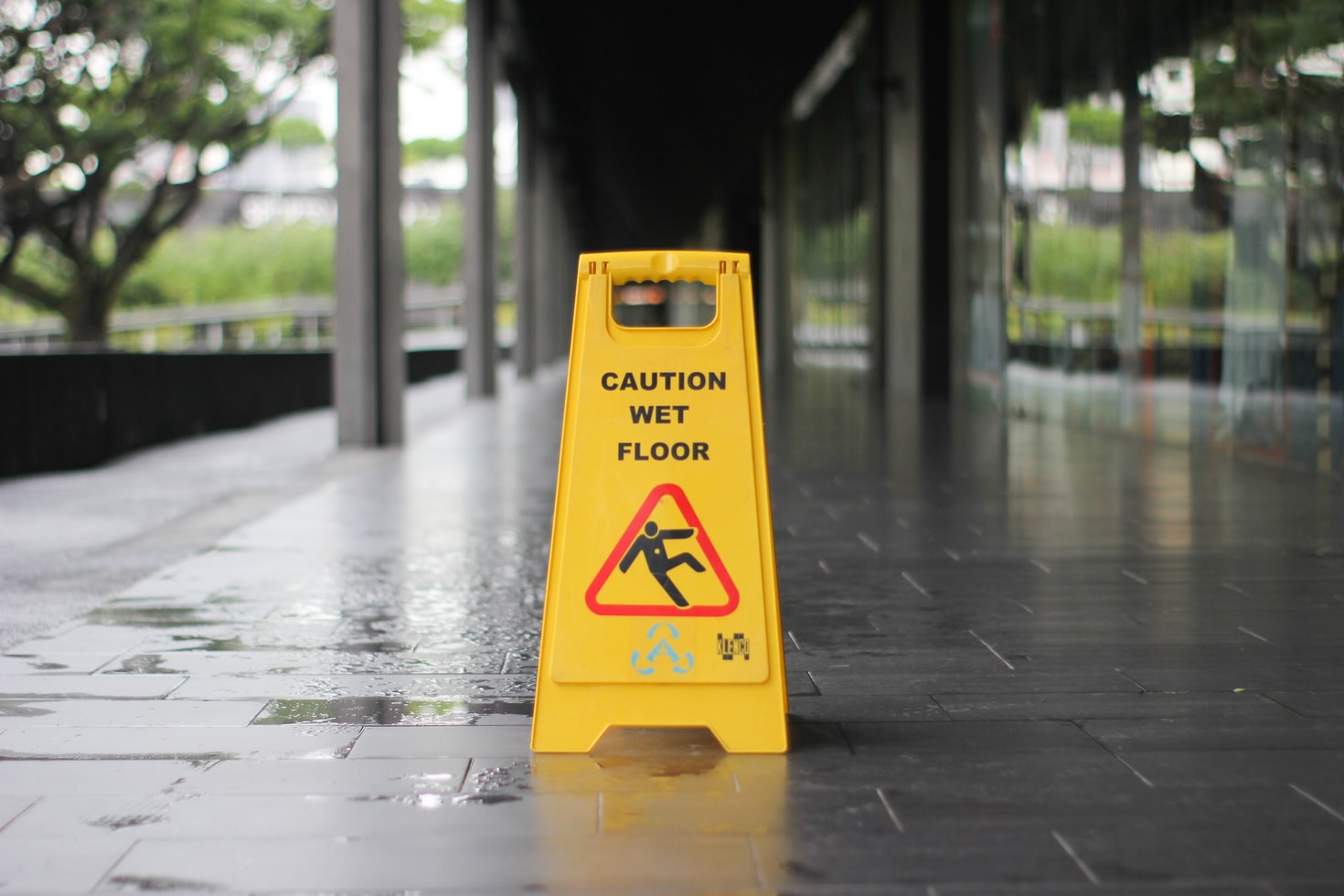The winter season comes with a lot of things. There’s the holidays and gifts beneath the tree, but it also brings frigid weather in many areas around the country. Weather like this brings ice, and with ice comes slip and fall injuries, which account for most injuries among the elderly and many injuries that occur on the job. In fact, about a quarter of all ice-related falls occur in parking lots, making simple ventures out for everyday items a dangerous task.
Winter-related slip and fall injuries result in missed time at work, higher insurance premiums, and pain from those who suffer these injuries. Luckily, there are a number of things you can do to limit the chances of slipping on the ice and being injured.
After making sure you are okay and being treated for any injury you may have sustained, you may have a New York City slip and fall case on your hands. Or, if you fell in the New Jersey area, a phone call to a New Jersey slip and fall injury law firm will be next on your list. Outside of your health, ensuring you are covered, financially, and not on the hook for medical bills and time you have missed for work.
Slipping, falling, and tripping on ice: Prevention Tips
When the temperature dips to 34 degrees or below, be careful because ice may form. Because black ice is difficult to notice, use caution while walking on surfaces that may be icy. Aside from this, here’s a few more things you may do to avoid falling:
- Walking on illuminated paths, particularly ones that have been plowed and treated with salt.
- Make sure you’re wearing good footwear with plenty of grip.
- When walking in the snow, take little steps and stroll slowly.
- Try to not carry items that use your hands, as you need to use them for balance if needed. Also, keep your hands out of our pockets. You want to be prepared to stop your fall if need be.
- When walking, remove all distractions. Put your phone aside and try not to carry a lot of objects, especially if they are heavy.
- If you must walk on ice, smaller steps are recommended and lean slightly to keep your center of gravity above your feet. Also, always be prepared for the risk you may fall.
Here’s some tips for what you should do if you do fall
- Try not using your arms to catch yourself when falling.
- Roll with the fall by landing on your thigh, your butt, or shoulders. The power of the fall will be more evenly dispersed throughout the body if you roll.
- To avoid hitting your head while falling, try rolling backward and tucking your head and shoulders in.
- If you’re carrying anything, attempt to land on it to halt your fall or throw the items away from you.
Slip and Fall Injuries: How to Treat Them
The first thing that should be done if you slip and fall on an icy surface is to check if you have suffered an injury. Take a moment to really examine your body for any pain or noticable bruising, scraps, etc. If you haven’t found anything, you can slowly stand up. If you are walking with someone who has fallen, but is unable to stand back up, you want to get assistance and keep them warm.
Remain still as you calm yourself from the fall, whether you believe you’re injured or not. If you have hit your head or if you have suffered a bone fracture, call 911 for help at once.
Whether you are severely injured or not, a hard fall can leave you sore for days after it happened. In this case, you can use what is referred to as the “RICE” technique, which stands for “Rest, Ice, Compression, and Elevation”. One example may be an injury to your ankle. For this injury, you want to apply ice, bandage it up and elevate it to minimize swelling.
Over-the-counter meds can also be taken to help relieve any pain. Just remember recovery from any type of injury can take time, ranging from days to even weeks. You don’t want to hurry back to regular activity if you haven’t fully healed. Also, sometimes symptoms may not even appear until later. If you are unsure about your condition, there is no shame in seeing a doctor.
Here’s some treatments to help:
- Applying ice as soon as possible to reduce inflammation and swelling.
- Ice the area at least three times each day, and do so for no more than 20 minutes.
- If the injury is no longer swollen and it’s been around four days, you can now move on to heat treatment to help promote blood flow and help prevent bruising.

